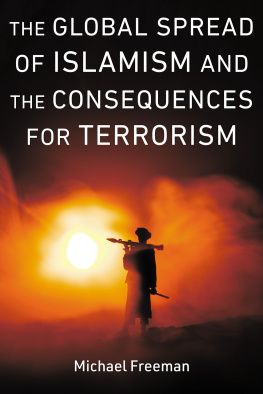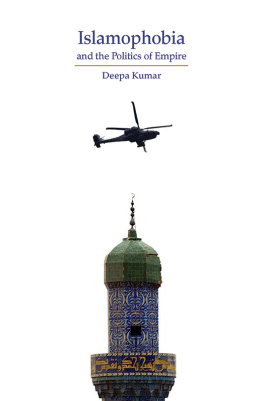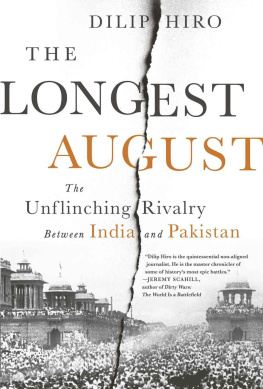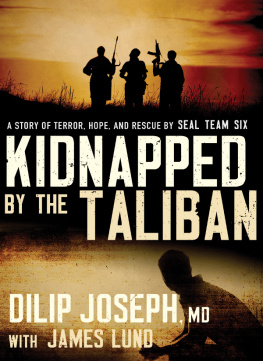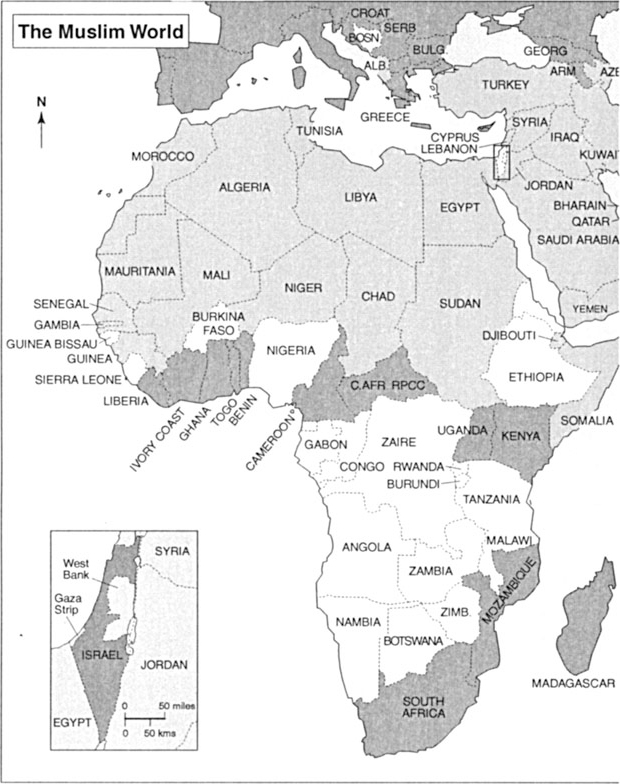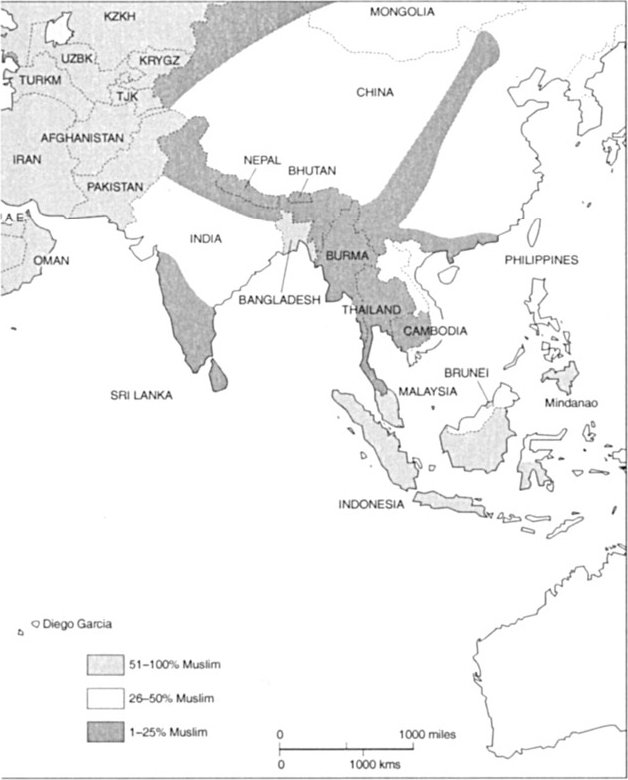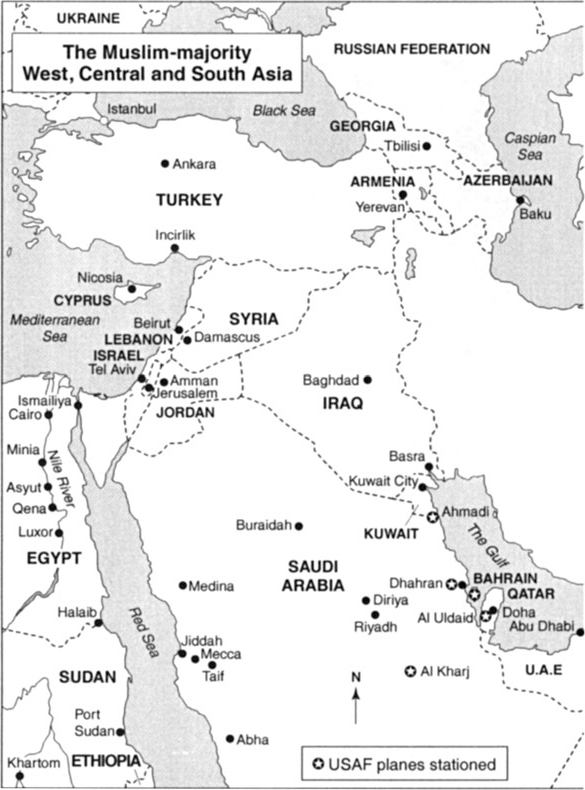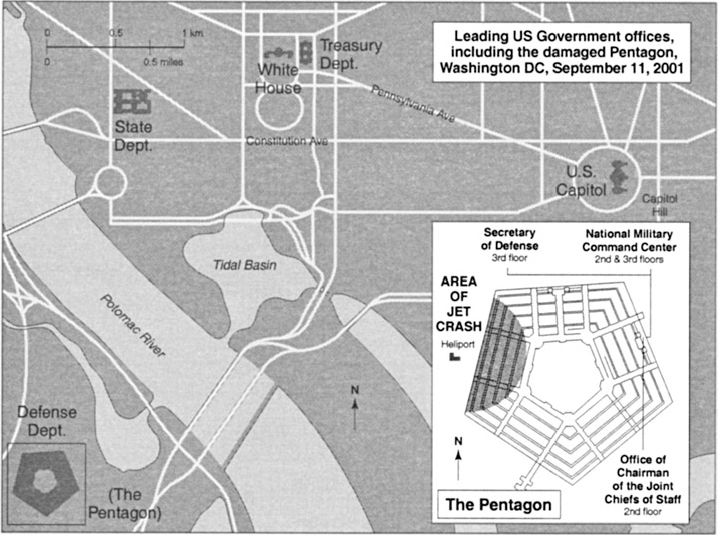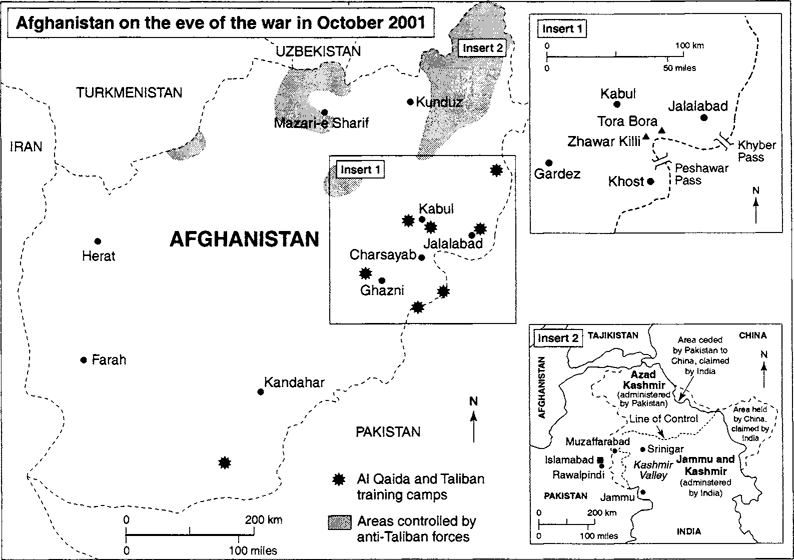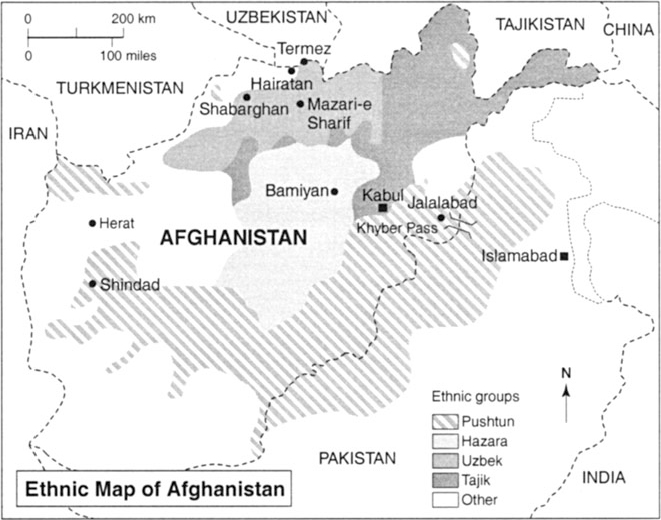War without End
In order to properly comprehend the events of September 11 it is necessary to trace them from the roots. In the case of 9/11, this requires an elementary knowledge of Islam followed by an understanding of Islamic fundamentalism as an ideology both of resistance (as in Egypt) and of governance (as in Saudi Arabia). However, in Afghanistan, fundamentalism emerged as the prime force of opposition and resistance in the 1980s, and eventually defeated the Moscow-backed regime to become the state ideology.
It is against this setting that Dilip Hiro narrates the devastating attacks on the two American embassies in East Africa in 1998 a prelude to the attacks on the World Trade Center and the Pentagon.
The result is a timely and topical book that enlightens the reader on such basics as the cardinal principles of Islam, as well as lays bare several Islamist ideologies and groups simply yet fully, and provides a multi-faceted narrative of Americas short, sharp campaign against the Taliban in Afghanistan in which hi-tech weaponry played a crucial role.
Dilip Hiro is a specialist on the Middle East, Islam, Central Asia and South Asia, and the author of more than twenty books, including Neighbors, not Friends: Iraq and Iran after the Gulf Wars (Routledge, 2001). A frequent commentator on the above subjects on CNN, BBC Television, Sky Television, and various American and British radio channels, he has published articles in most of the major newspapers in the US and the UK.
By the same author
Non-fiction
Neighbors, Not Friends: Iraq and Iran after the Gulf Wars (2001)
Sharing the Promised Land: A Tale of Israelis and Palestinians (1999)
Dictionary of the Middle East (1996)
The Middle East (1996)
Between Marx and Muhammad: The Changing Face of Central Asia (1995)
Lebanon, Fire and Embers: A History of the Lebanese Civil War (1993)
Desert Shield to Desert Storm: The Second Gulf War (1992)
Black British, White British: A History of Race Relations in Britain (1991)
The Longest War: The IranIraq Military Conflict (1991)
Holy Wars: The Rise of Islamic Fundamentalism (1989)
Iran: The Revolution Within (1988)
Iran under the Ayatollahs (1985)
Inside the Middle East (1982)
Inside India Today (1977)
The Untouchables of India (1975)
Black British, White British (1973)
The Indian Family in Britain (1969)
Fiction
Three Plays (1985)
Interior, Exchange, Exterior (Poems, 1980)
Apply, Apply, No Reply and A Clean Break (Two Plays, 1978)
To Anchor a Cloud (Play, 1972)
A Triangular View (Novel, 1969)
War without End
The rise of Islamist terrorism and global response
Dilip Hiro
Revised edition 2002 by Routledge
2 Park Square, Milton Park, Abingdon, Oxon OX14 4RN
Simultaneously published in the USA and Canada
by Routledge
711 Third Avenue, New York, NY 10017
Routledge is an imprint of the Taylor & Francis Group, an informa business
2002 Dilip Hiro
The right of Dilip Hiro to be identified as the Author of this Work has been asserted by him in accordance with the Copyright, Designs and Patents Act 1988
Typeset in Times by BC Typesetting, Bristol
All rights reserved. No part of this book may be reprinted or reproduced or utilized in any form of by any electronic, mechanical, or other means, now known or hereafter invented, including photocopying and recording, or in any information storage or retrieval system, without permission in writing from the publishers.
British Library Cataloguing in Publication Data
A catalogue record for this book is available from the British Library
Library of Congress Cataloging in Publication Data
A catalog record for this book has been requested
ISBN 0415288010 (hbk)
ISBN 0415288029 (pbk)
Contents
PART I
Islam
PART II
Islamic ideologies and fundamentalist states
PART III
Islamist terrorism and global response
The illustrations appear between pages 254 and 255
Courtesy Al Aalam Publications
AP Photo/Frank Boxler
AP Photo/Greg Marinovich
AP Photo/David Stewart-Smith
AP Photo/B. K. Bangash
Reuters/George Mulala
Reuters/Aladin Adbel Naby
AP Photo/Chao Soi Cheong
AP Photo/Amy Sancetta
AP Photo/Stephen J. Boitano
AP Photo/J. Scott Applewhite
AP Photo/HO
AP Photo
Reuters/Mian Khursheed
Reuters/Reuters TV
If it had been gray or foggy or overcast, there is no way those bastards could have crashed those planes.
Richard Picciotto, a New York firefighter
A perfect, late summer morning in Manhattan with the temperature set to rise to 27C/80F cloudless sky, clear horizon with visibility stretching for miles and no hint of the horror that awaits the islanders. Tuesday, September 11, 2001, a date that will enter as 9/11 in the American Heritage College Dictionary as well as the Oxford English Dictionary, and top the annual poll on new words by the American Dialect Society.
As on other days, Ian Williams, a tall, bearded, broad-shouldered journalist in his late thirties, finds the Fulton Street fish market below his apartment on South Street Sea Port, stocked with millions of dollars worth of seafood, humming with activity in the early morning.
At 08.44 hours EST, Jules Naudet, a slim, handsome film-maker in his late twenties with a luxuriant black thatch of hair, accompanying a fire engine battalion of the Duane Street fire station, is shooting a documentary on New York firefighters at the junction of Lispenard Street and Church Street, several blocks north of the World Trade Center (WTC), a 16 acre (6.5 hectare) complex of seven buildings with Twin Towers as its sentinels, symbols of the economic might of the worlds sole superpower, each word World Trade Center charged with profound meaning, all together signifying more than the sum of its parts. His elder brother Gedeon, endowed equally with abundant raven black hair, is at the Duane Street fire station, the subject of the brothers television documentary.



